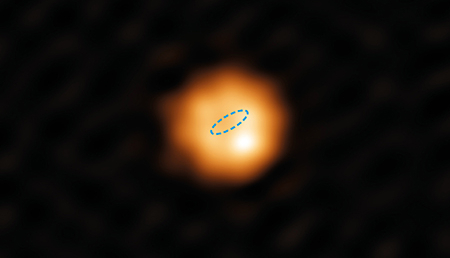Arianespace successfully launches Morocco’s first reconnaissance satellite
Capitalism in space: Morocco’s first reconnaissance satellite, built in France, was successfully launched into orbit last night by Arianespace’s Vega rocket.
This was Arianespace’s tenth launch in 2017, one more than its total for 2016 With one more launch scheduled, it appears the company will achieve close to its desired launch rate of one launch per month, despite labor problems in the spring that shut it down for almost two months.
Increasingly, Arianespace’s business (or ArianeGroup, depending on the rocket) seems restricted to European satellites. Its market share of American satellites is more and more being taken by American companies. This doesn’t appear to be reducing the company’s overall launch rate, however, proving once again that competition is not a zero sum game. Introduce it, and instead of the players fighting over a never changing pie of business, the pie grows so that everyone is doing more.
Capitalism in space: Morocco’s first reconnaissance satellite, built in France, was successfully launched into orbit last night by Arianespace’s Vega rocket.
This was Arianespace’s tenth launch in 2017, one more than its total for 2016 With one more launch scheduled, it appears the company will achieve close to its desired launch rate of one launch per month, despite labor problems in the spring that shut it down for almost two months.
Increasingly, Arianespace’s business (or ArianeGroup, depending on the rocket) seems restricted to European satellites. Its market share of American satellites is more and more being taken by American companies. This doesn’t appear to be reducing the company’s overall launch rate, however, proving once again that competition is not a zero sum game. Introduce it, and instead of the players fighting over a never changing pie of business, the pie grows so that everyone is doing more.


